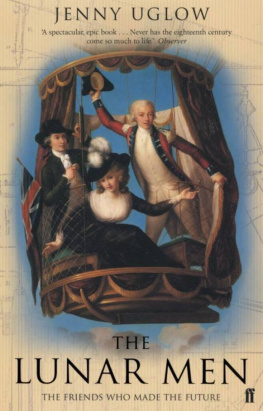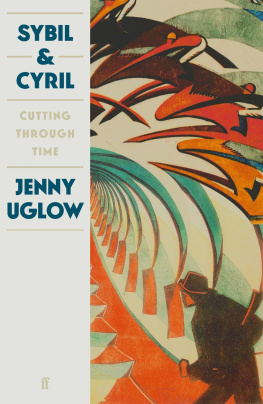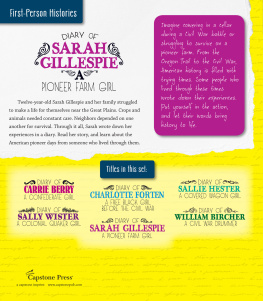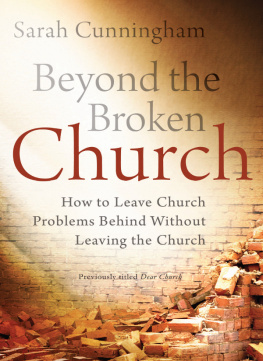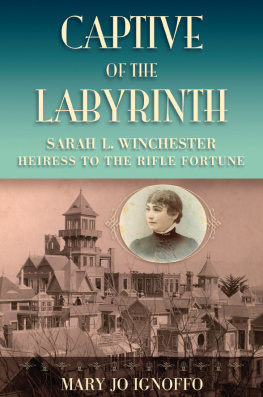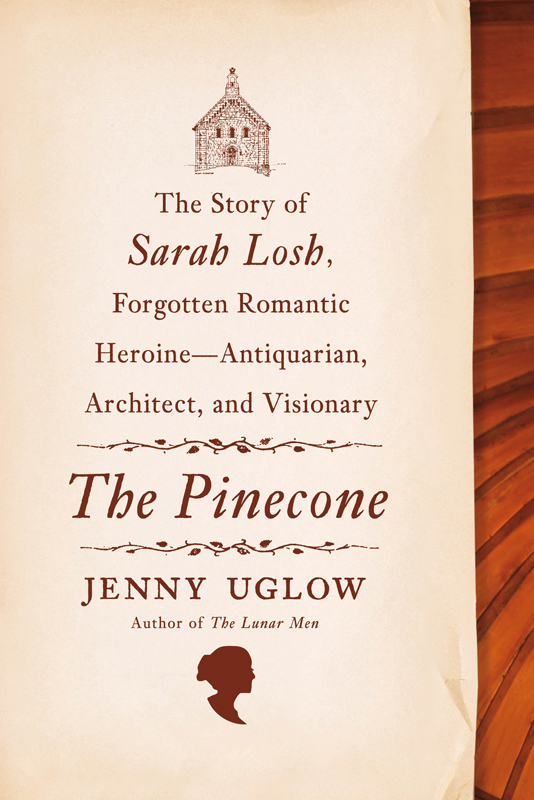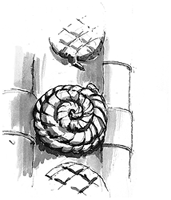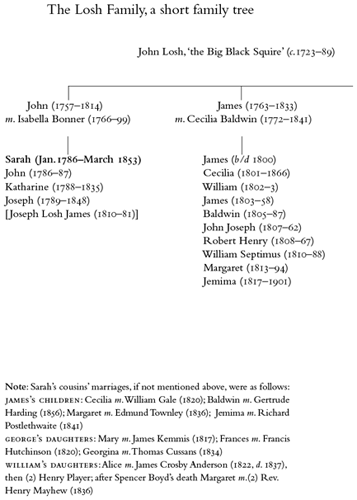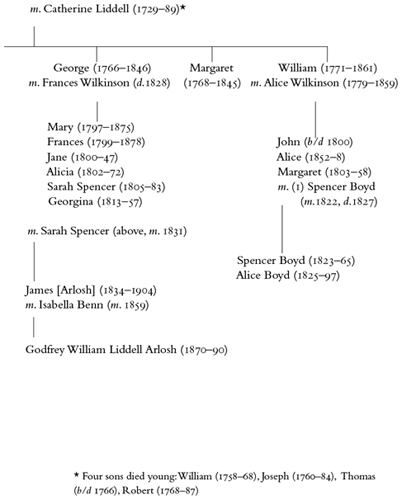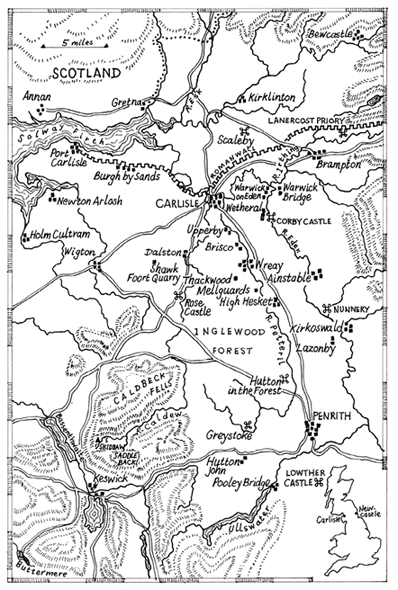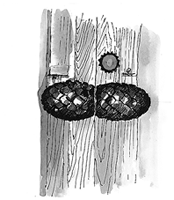Jenny Uglow - The Pinecone: The Story of Sarah Losh, Forgotten Romantic Heroine--Antiquarian, Architect, and Visionary
Here you can read online Jenny Uglow - The Pinecone: The Story of Sarah Losh, Forgotten Romantic Heroine--Antiquarian, Architect, and Visionary full text of the book (entire story) in english for free. Download pdf and epub, get meaning, cover and reviews about this ebook. year: 2013, publisher: Farrar, Straus and Giroux, genre: Art. Description of the work, (preface) as well as reviews are available. Best literature library LitArk.com created for fans of good reading and offers a wide selection of genres:
Romance novel
Science fiction
Adventure
Detective
Science
History
Home and family
Prose
Art
Politics
Computer
Non-fiction
Religion
Business
Children
Humor
Choose a favorite category and find really read worthwhile books. Enjoy immersion in the world of imagination, feel the emotions of the characters or learn something new for yourself, make an fascinating discovery.

- Book:The Pinecone: The Story of Sarah Losh, Forgotten Romantic Heroine--Antiquarian, Architect, and Visionary
- Author:
- Publisher:Farrar, Straus and Giroux
- Genre:
- Year:2013
- Rating:5 / 5
- Favourites:Add to favourites
- Your mark:
The Pinecone: The Story of Sarah Losh, Forgotten Romantic Heroine--Antiquarian, Architect, and Visionary: summary, description and annotation
We offer to read an annotation, description, summary or preface (depends on what the author of the book "The Pinecone: The Story of Sarah Losh, Forgotten Romantic Heroine--Antiquarian, Architect, and Visionary" wrote himself). If you haven't found the necessary information about the book — write in the comments, we will try to find it.
In the village of Wreay, near Carlisle, stands the strangest and most magical Victorian church in England. This vivid, original book tells the story of its builder, Sarah Losh, strong-willed, passionate, and unusual in every way.
Sarah Losh is a lost Romantic geniusan antiquarian, an architect, and a visionary. Born into an old Cumbrian family, heiress to an industrial fortune, Losh combined a zest for progress with a love of the past. In the church, her masterpiece, she let her imagination flowerthere are carvings of ammonites, scarabs, and poppies; an arrow pierces the wall as if shot from a bow; a tortoise-gargoyle launches itself into the air. And everywhere there are pinecones in stone. The church is a dramatic rendering of the power of myth and the great natural cycles of life, death, and rebirth.
Loshs story is also that of her radical family, friends of Wordsworth and Coleridge; of the love between sisters and the life of a village; of the struggles of the weavers, the coming of the railways, the findings of geology, and the fate of a young northern soldier in the First Afghan War. Above all, it is about the joy of making and the skill of unsung local craftsmen. Intimate, engrossing, and moving, The Pinecone, by Jenny Uglow, the Prize-winning author of The Lunar Men, brings to life an extraordinary woman, a region, and an age.
Jenny Uglow: author's other books
Who wrote The Pinecone: The Story of Sarah Losh, Forgotten Romantic Heroine--Antiquarian, Architect, and Visionary? Find out the surname, the name of the author of the book and a list of all author's works by series.

